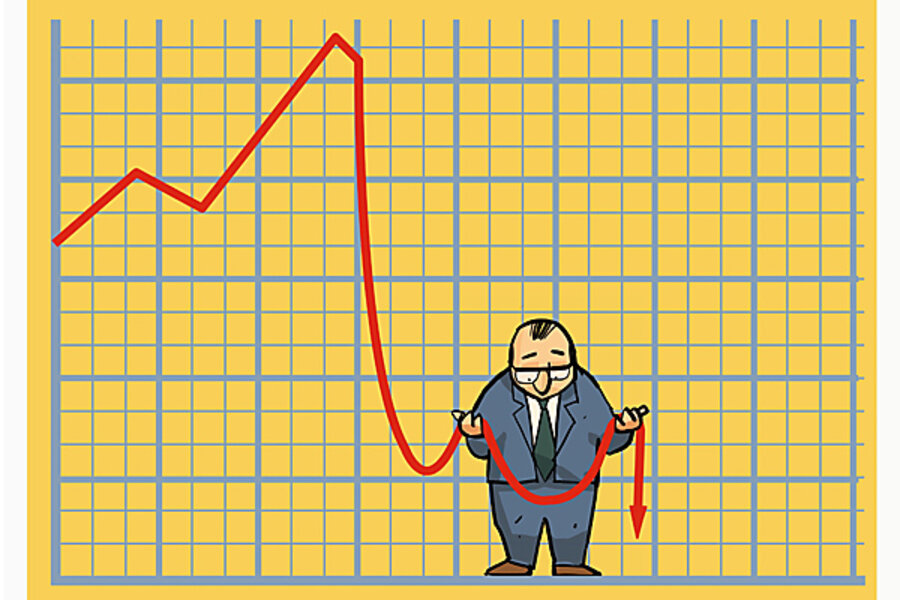Men's employment shows bigger swings
Loading...
Nancy Folbre highlights that male employment fell a lot more than female employment during the recession, and argues this is structural. There is arguably some truth to that in the sense that for various reasons discussed below the labor force participation rate between men and women has converged over the last few decades, something which has caused a convergence in employment rates.
Yet in the same numbers that she references, you can see that during the latest shallow recovery, male employment has in fact risen relative to female employment. The male employment rate only fell from 63.5% in November 2009 to 63.4% in November 2010, while the female employment rate fell from 53.7% to 53.3%, thus increasing the gap from 9.8% to 10.1%.And if you look at unemployment rates, this is even more clearer as the male unemployment rate fell from 11.2% to 10.6%, while the female unemployment rate rose from 8.6% to 8.9%.
This is nothing new.
Between 1979 and 1982 (annual averages), male unemployment increased by 4.8 percentage points, while male unemployment rose by only 2.6 percentage points. Between 1982 and 1989, male unemployment fell by 4.7 percentage points, while female unemployment fell by 4 percentage points. Then between 1989 and 1992, male unemployment rose by 2.7 percentage points while female unemployment rose by 1.6 percentage points. Between 1992 and 2000, male unemployment fell by 4 percentage points, while female unemployment fell by 2.9 percentage points. Between 2000 and 2003, male unemploymet rose by 2.7 percentage points, while female unemployment rose by 1.6 percentage points. And between 2003 and 2006, male unemployment fell by 1.7 percentage points while female unemployment fell 1.1 percentage points.
Thus in all recessions, men's unemployment rose more than women's while men's unemployment fell more during the boom's.
One can also note that with the exception of 2006 (the peak of the by far weakest recovery except for of course the one we've had during the lastest year) men's unemployment rate was always lower during cyclical peaks, while women's unemployment rate was always lower during recessions.
In short, the difference in changes between men and women thus reflects two components: a long term trend of a reduced gap in the labor force participation rate, probably mostly caused by decreased will of women to be housewives as well as an increase in the number of single mothers, but in some cases perhaps also problems for more people ta make ends meet on only one paycheck. And secondly, a much more cyclical unemployment rate for men caused by the fact that they work in more cyclical industries like manufacturing and construction.If one is concerned about high male unemployment then, the solution lies in having a more vigorous recovery.
------------------------------
The Christian Science Monitor has assembled a diverse group of the best economy-related bloggers out there. Our guest bloggers are not employed or directed by the Monitor and the views expressed are the bloggers' own, as is responsibility for the content of their blogs. To contact us about a blogger, click here. This post originally ran on stefanmikarlsson.blogspot.com.





